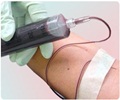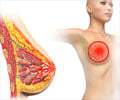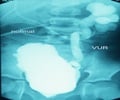If the effectiveness of the technique is confirmed in further studies, it could serve in the future as a diagnostic method for breast cancer.
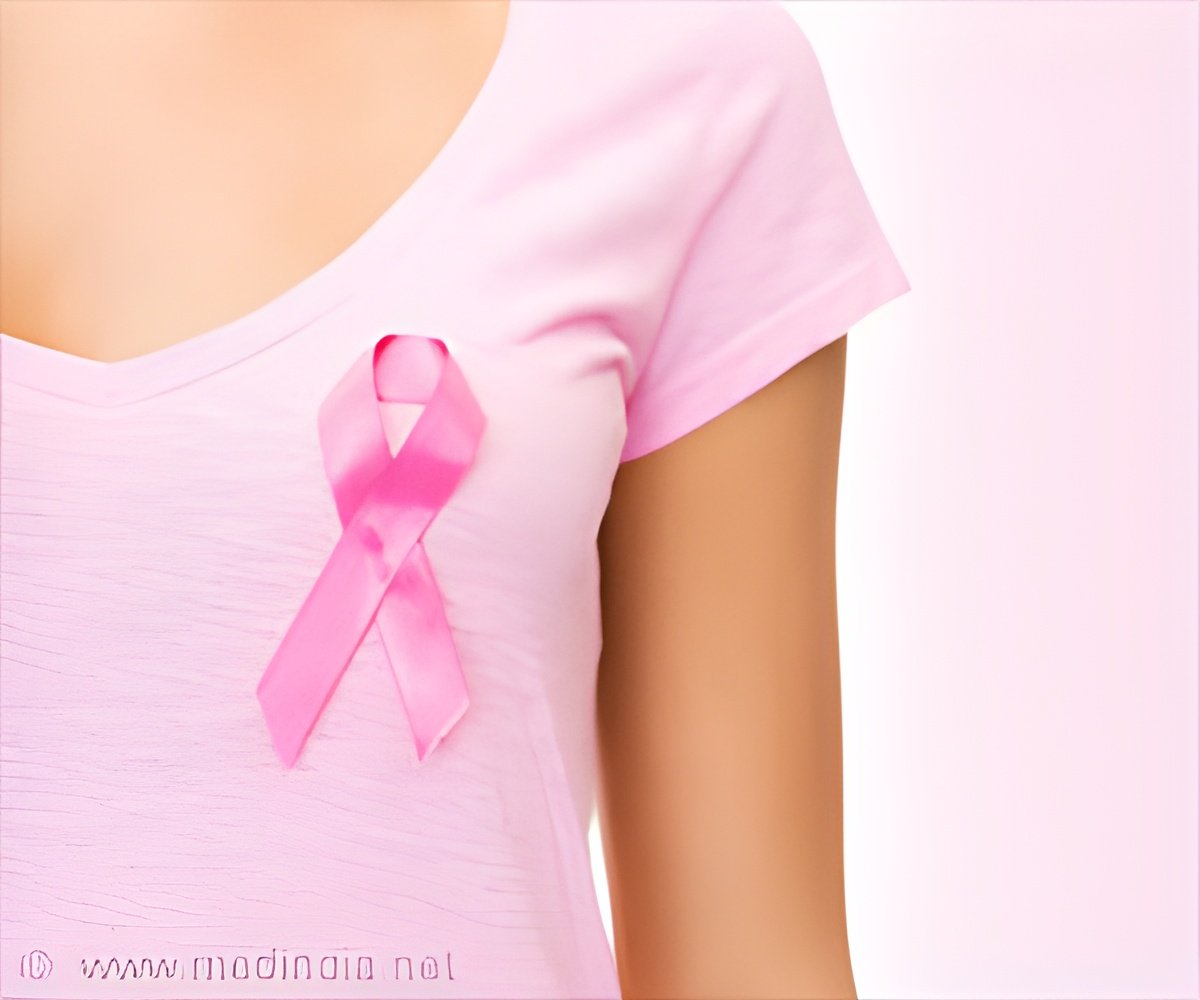
Scientists at the University of Freiburg in Germany have developed a new method to detect breast cancer by means of urine samples.
If the effectiveness of the technique is confirmed in further studies, it could serve in the future as a diagnosis method for breast cancer.
The study included 24 healthy test subjects and 24 women who had recently been diagnosed with a breast cancer. The patients were in tumor stages 1, 2, or 3.
The method involves analyzing the concentration of molecules that regulate cell metabolism and that are often dysregulated in cancer cells. These molecules, referred to as microRNAs, enter into the urine over the blood.
The scientists succeeded in establishing with 91% whether a test subject was healthy or diseased through determining the composition of microRNAs in the urine.
Dr. Stickeler said that MicroRNAs should be suitable in principle for a breast cancer test.
The study was published their findings in the journal BMC Cancer.
Source-Medindia
 MEDINDIA
MEDINDIA

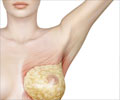


 Email
Email
